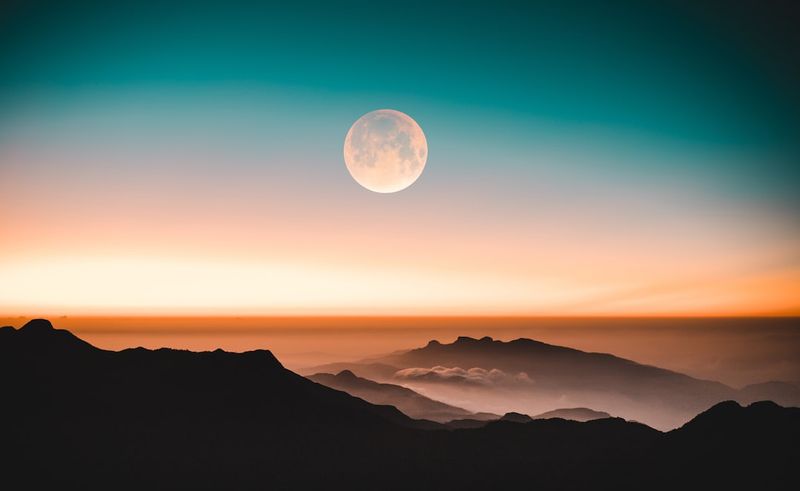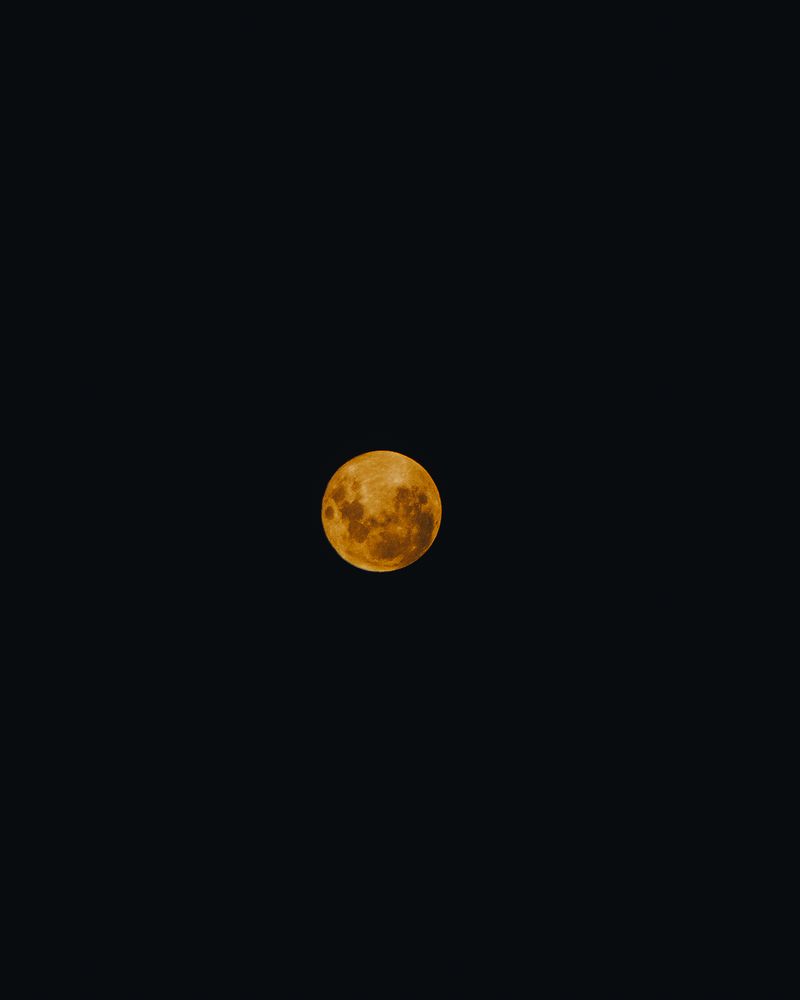Is the July 2023 Full Moon Tonight?
The next full moon of July 2023 is set to reach its peak in the UK at 12:38 PM on Monday, July 3rd. This means that the supermoon will be clearly visible on Sunday night. The Royal Observatory, Greenwich has provided the timings for the full moon, indicating that it will be most visible overnight from Sunday 2nd July, particularly in the hours just before sunrise. Additionally, a strong sighting can also be expected on Monday night shortly after sunset.
What is a Supermoon and Why is it So Big Tonight?
The July full moon is classified as a supermoon due to its proximity to Earth during its elliptical orbit. The moon moves closer and further away from the Earth at different points, resulting in a difference of up to 30,000 miles in its distance. When the moon becomes full at or near its closest approach to Earth, known as the perigee, it is considered a supermoon. According to US astrologer Richard Nolle, for a moon to be considered a supermoon, it should be within 90% of its closest approach to Earth, which is approximately 225,000 miles. This occurrence happens around three or four times a year.
The July 2023 supermoon is the first of four consecutive supermoons. Following this, two more supermoons will occur in August, one at the beginning and the other at the end, with the final one happening in September. While this phenomenon is relatively common, there are instances where the moon appears even bigger and brighter due to its optimal alignment with the Earth. In November 2018, for example, the moon reached its fullest point within about two hours of its perigee, resulting in it appearing as much as 14% bigger and 30% brighter than it would have at the apogee. This particular supermoon was the largest since 1948, and we won’t witness another full moon this close to Earth until November 25, 2034.
The Popularity of Moon Names
In recent years, names associated with different full moons have gained popularity and media attention. The July full moon has been referred to as the “Buck Moon” in some circles, a term popularized by the American Farmer’s Almanac. According to the publication, the Buck Moon is named because the antlers of male deer, known as bucks, are in full-growth mode during this time. As bucks shed and regrow their antlers each year, the resulting antler set becomes larger and more impressive.
The use of these moon names and their meanings has grown in recent years, often attributed to Indigenous American tribes. However, it is important to note that there is no standardized Indigenous American calendar. While Nasa states that the names originate from the Algonquin tribe, part of a larger cultural linguistic group called Algonquian, there is variation among different tribes and calendars. Some of the popularly used names, like the “strawberry moon” and “harvest moon,” do align with Algonquin names, as listed by the Algonquin Nation Tribal Council in 2005. However, other names, such as the “wolf moon,” do not have direct correlations to specific Indigenous American calendars.
It is worth mentioning that the Farmer’s Almanac names come from various sources, including Native American, colonial American, and European references. The 2014 lunar eclipse, referred to colloquially as the “blood moon” due to its reddish hue, sparked interest in romanticized moon names. While some names have a genuine historical basis, others have been fabricated or borrowed from various calendars.
Advice for Moon Enthusiasts
If you are an avid moon observer or simply interested in witnessing the celestial wonder of a supermoon, make sure to mark your calendars for Sunday night, July 2nd, and Monday night, July 3rd. The hours just before sunrise and shortly after sunset are ideal for moon viewing. On Sunday, the moon will be most clearly visible, while Monday will provide another strong sighting opportunity.
Remember to find a location with minimal light pollution and clear skies for the best viewing experience. Grab a comfortable chair or blanket, maybe even a telescope or binoculars, and immerse yourself in the awe-inspiring beauty of the supermoon. Whether you are a casual admirer or a passionate moon enthusiast, the July 2023 full moon is set to be a magnificent spectacle not to be missed.

<< photo by malith d karunarathne >>
The image is for illustrative purposes only and does not depict the actual situation.
You might want to read !
- “Uncovering the Dynamic Friendship: Ellie Goulding Finds Support in Millionaire Ally Zac Goldsmith”
- Straight Actors and LGBTQ+ Roles: A Complex Debate on Representation
- Gosh Comics Celebrates London Pride 2023 with Vibrant Window Display
- Austrian GP Triumph: Max Verstappen’s Commanding Dominance at Red Bull Ring Shakes Up Formula 1
- “Tanker Collision Leads to Closure of M6 Motorway: Examining the Impact and Efforts to Resume Traffic”
- M6 Traffic Chaos: Overturned Milk Tanker Causes Standstill on Motorway
- Sibling Rivalry on Wheels: Adam Yates Seizes the Yellow Jersey from Twin Simon at Tour de France 2023
- Exploring the Luminous Legacy of Oscar-Winning Actor Alan Arkin, Who Passes Away at 89
- “Twitter Outage: Elon Musk’s Restricted Tweeting Raises Questions about Social Media Impact”
- Countdown to Clash: Franchon Crews-Dezurn vs. Savannah Marshall Fight Time Revealed
- Key to Victory: Keys Defeats Kasatkina for Second Eastbourne Title
- Olivia Rodrigo Unleashes Haunting New Single: “Vampire”
- McDonald’s Delves into the Curious Case of the Grimace Shake Trend
- The Disturbing Rise of the McDonald’s Grimace Milkshake Challenge: Exploring its Deadly Consequences
- Twitter Outage: Elon Musk’s New Post Sparks Global Network Crash




